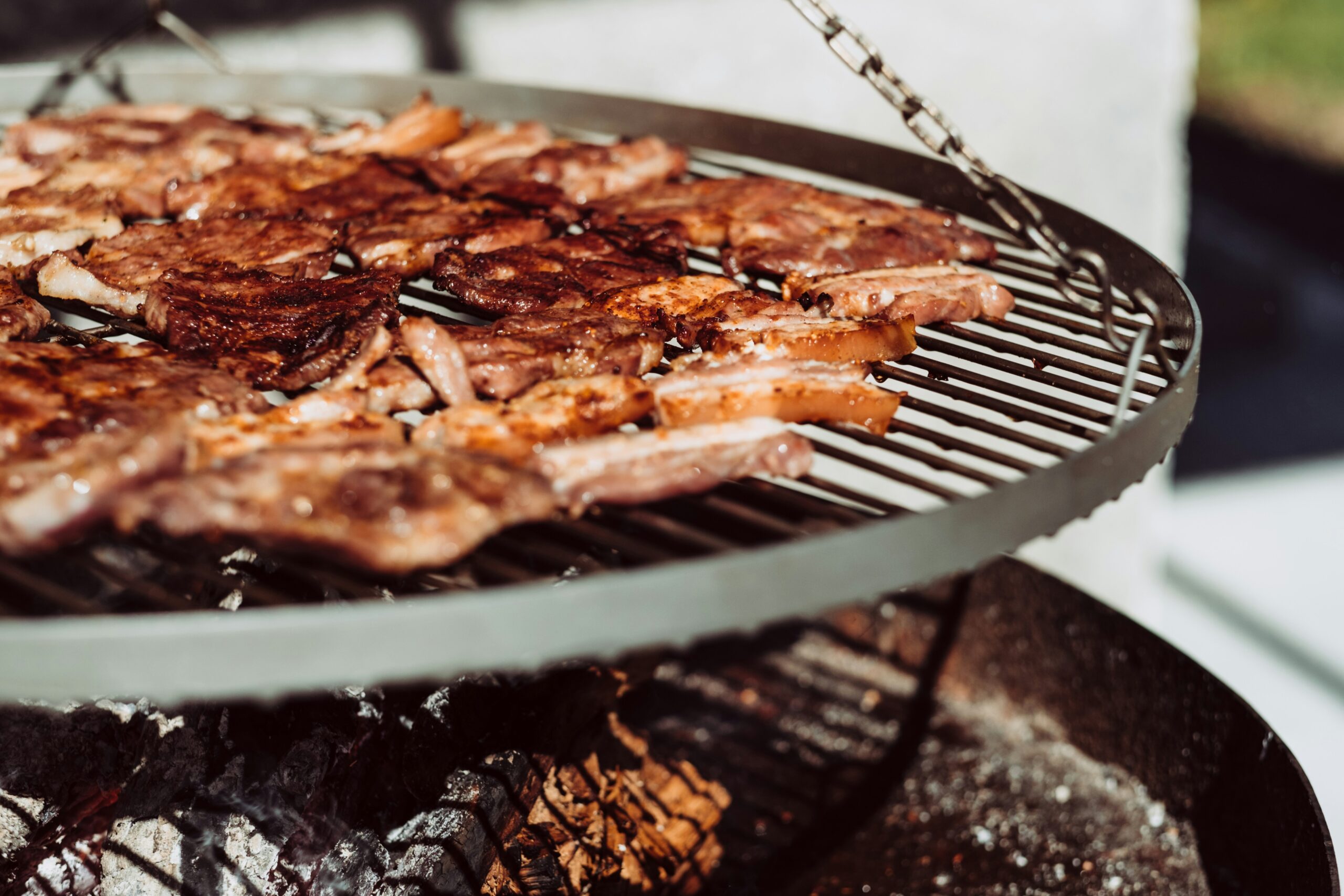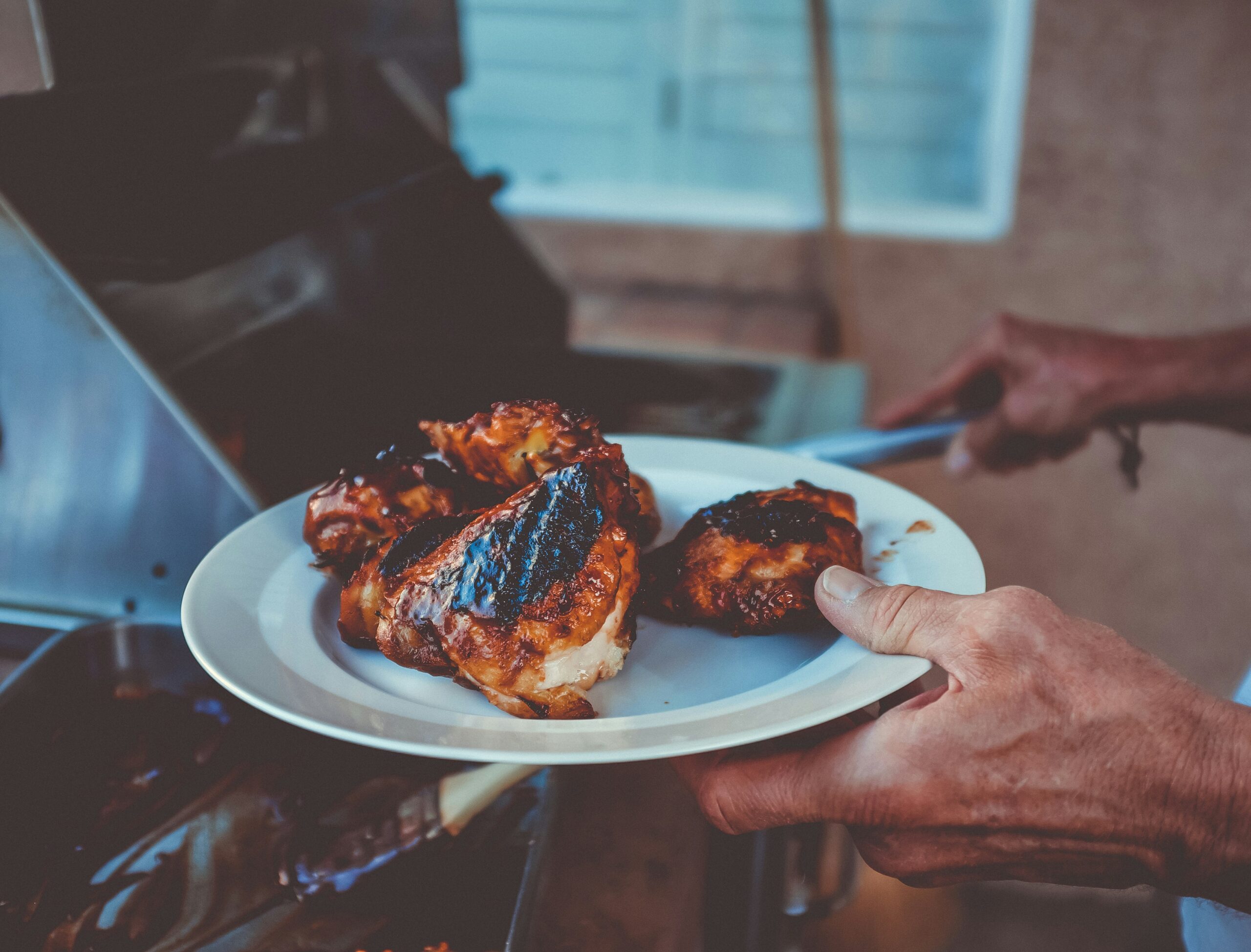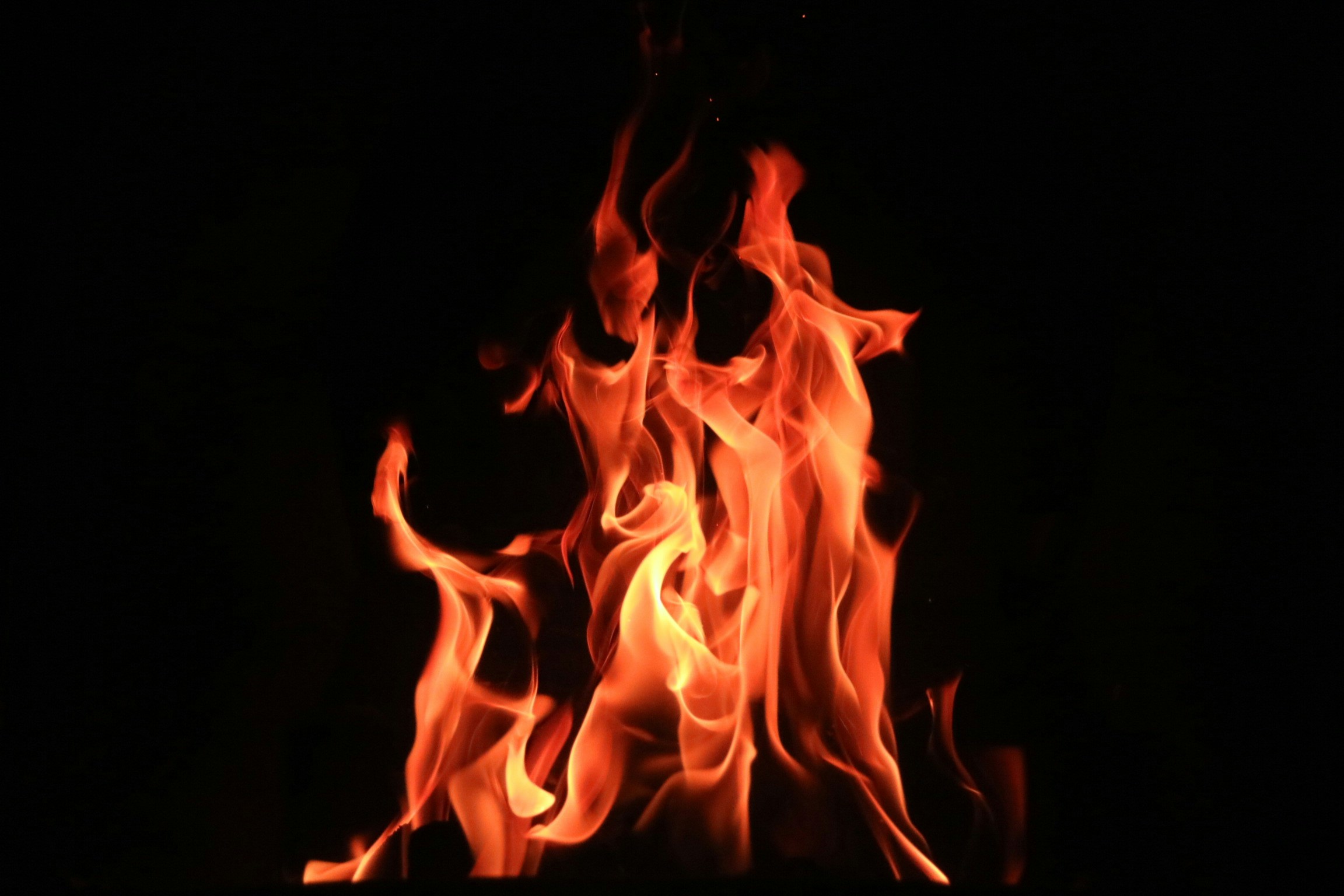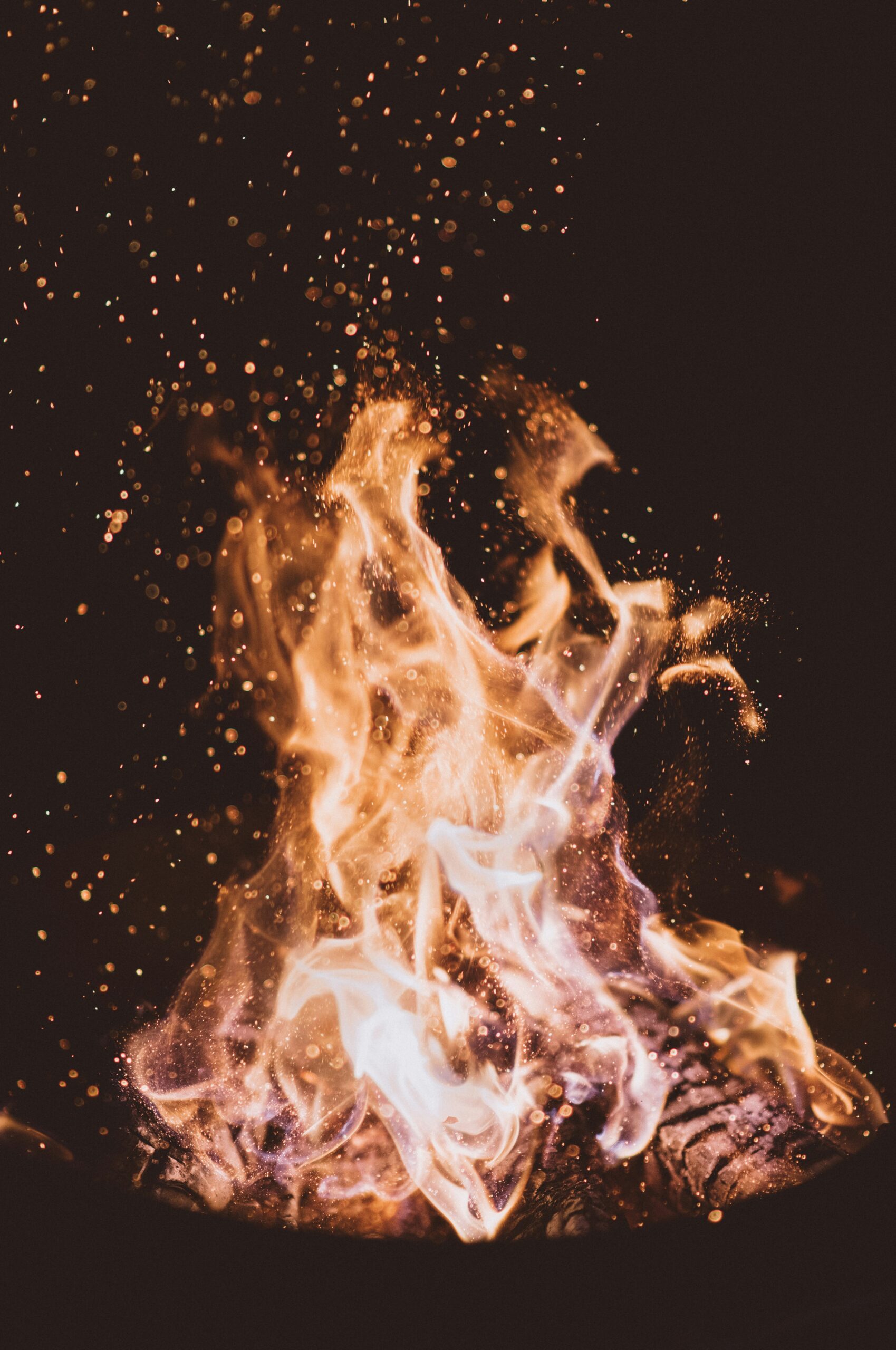You are in for a treat as we explore the mouthwateringly delicious world of traditional Southern barbecuing techniques. From slow-cooked pit barbecue to tantalizingly sweet mop sauces, this article will take you on a gustatory journey through the rich culinary heritage of the South. Get ready to savor the smoky flavors, learn secret spice rub recipes, and discover the art behind perfecting that melt-in-your-mouth texture. So grab your apron, fire up the grill, and let’s dig into the age-old secrets of Southern barbecue that will leave you craving for more. Southern barbecue is a beloved culinary tradition that holds a special place in the hearts of many. It is more than just a cooking technique – it is a celebration of Southern culture, community, and a way of life. In this article, we will explore the rich cultural heritage of Southern barbecuing, the art of slow cooking, the use of wood, classic rubs and marinades, the different cooking methods, the heart of Southern barbecue – pit smoking, the importance of mopping and basting, the flavor through smoke, the role of sauces, and the importance of resting the meat.
Overview of the Southern Barbecue Tradition
Southern barbecuing has a cultural heritage that runs deep in the South. It is a testament to the region’s history and traditions, with roots tracing back to the indigenous people who used open fires and primitive cooking techniques. Over time, this method of cooking evolved and became deeply ingrained in Southern culture.
Understanding the cultural heritage of Southern barbecuing
The tradition of Southern barbecuing is steeped in the history of the region. It is a reflection of the diverse cultural influences that have shaped Southern cuisine, including Native American, African, and European traditions. The techniques, flavors, and ingredients used in Southern barbecue have been passed down through generations, preserving this rich culinary heritage.
The communal aspect of Southern barbecues
One of the defining aspects of Southern barbecues is the communal spirit that surrounds them. Barbecues are a time for friends, family, and communities to come together, share a meal, and celebrate. It is a chance to connect, relax, and enjoy the company of loved ones while indulging in the delicious flavors of slow-cooked barbecued meats.
Evolution of Southern barbecue techniques over time
Southern barbecue techniques have evolved over time, adapting to changing tastes and preferences. What started as a simple cooking method using open fires and slow cooking has evolved into an art form that combines traditional techniques with modern innovations. From the type of wood used to the seasonings and cooking methods employed, Southern barbecue has continuously evolved while maintaining its core principles.
The Art of Slow Cooking
At the heart of Southern barbecuing is the art of slow cooking. This method is what sets Southern barbecue apart from other styles of cooking and gives it its distinctive flavor and tenderness.
The role of slow cooking in Southern barbecuing
Slow cooking is the key to achieving that melt-in-your-mouth tenderness that is the hallmark of Southern barbecue. It allows the tough connective tissues in the meat to break down slowly over time, resulting in tender, juicy, and flavorful barbecued meats.
Preferred types of meats and cuts
While Southern barbecuing can encompass a wide variety of meats, some favorites include pork shoulder, ribs, brisket, and chicken. These cuts are well-suited for slow cooking as they have a higher fat content and connective tissue that benefits from the long cooking process.
Maintaining consistent low temperatures
Achieving the perfect barbecued meat requires maintaining a consistent low temperature throughout the cooking process. This can be accomplished using various techniques, such as offset smokers, charcoal grills, or electric smokers. Regardless of the method used, the goal is to maintain a steady temperature between 225°F and 250°F (107°C and 121°C) to ensure slow and even cooking.

Use of Wood in Southern Barbecuing
Wood plays a crucial role in Southern barbecuing, as it contributes to both the flavor and smoke that infuse the meat.
Importance of wood selection
Selecting the right type of wood is essential to achieving the desired flavor profile in Southern barbecued meats. Different types of wood impart distinct flavors, ranging from fruity and sweet to smoky and robust. The choice of wood will depend on personal preferences and the type of meat being cooked.
Common types of wood used
Some commonly used types of wood in Southern barbecuing include hickory, oak, mesquite, apple, and cherry. Each wood variety brings its unique characteristics to the table and can significantly impact the final flavor of the barbecued meat.
Impact of wood on flavor
The type of wood used in the cooking process can greatly influence the flavor profile of the barbecued meat. For example, hickory is known for its strong, smoky flavor, while fruitwoods like apple and cherry impart a subtle sweetness. The choice of wood allows for endless experimentation and the creation of signature flavors in Southern barbecue.
Classic Rubs and Marinades
Rubs and marinades are an essential part of Southern barbecue, providing flavor, tenderness, and moisture to the meat.
Key components of traditional Southern barbecue rubs
Traditional Southern barbecue rubs often consist of a combination of salt, black pepper, paprika, garlic powder, onion powder, and various other herbs and spices. The rub is generously applied to the meat, creating a flavorful crust as it cooks low and slow.
Understanding the purpose of marinades
Marinades are another popular method of imparting flavor and tenderness to the meat before it hits the smoker. They typically consist of a mixture of acidic ingredients (such as vinegar or citrus juice), oil, herbs, and spices. The acidic component helps to tenderize the meat and infuse it with flavor, while the oil helps to seal in moisture.
Regional variations in rubs and marinades
Just as Southern cuisine varies from region to region, so do the rubs and marinades used in Southern barbecuing. From the tangy vinegar-based sauces of North Carolina to the sweet and spicy molasses-based sauces of Kansas City, each region brings its distinct flavor profiles to the table.

Direct and Indirect Cooking Method
Understanding the different cooking methods – direct and indirect – is crucial to achieving the desired results in Southern barbecuing.
Understanding the difference between direct and indirect cooking
Direct cooking involves placing the meat directly over the heat source, while indirect cooking involves setting up the heat source away from the meat. Direct cooking is best suited for smaller cuts of meat that cook relatively quickly, while indirect cooking is ideal for larger cuts that require longer cooking times.
When to use direct cooking
Direct cooking is perfect for achieving a caramelized crust and quick cooking times. It is commonly used for smaller cuts of meat like steaks, burgers, and sausages.
When to use indirect cooking
Indirect cooking is the preferred method for slow cooking larger cuts of meat. By positioning the meat away from the heat source, it allows for low and slow cooking, ensuring tender and flavorful results. It is the technique of choice for Southern barbecuing, as it allows for the long cooking times needed to achieve that characteristic smoky flavor.
Pit Smoking: The Heart of Southern Barbecue
Pit smoking is the heart and soul of Southern barbecue, with its rich history and distinctive flavor profiles.
Components and setup of a traditional pit
A traditional pit consists of an enclosed chamber or pit where the meat is placed for slow cooking. It features a firebox where the wood is burned, producing smoke that envelops the meat as it cooks.
Choosing the right pit size
The size of the pit is an important consideration when it comes to barbecuing. It needs to be large enough to accommodate the cuts of meat being cooked while allowing for proper airflow and smoke circulation. The size of the pit will vary depending on personal needs and preferences.
Maintaining temperature control in a pit
One of the challenges of pit smoking is maintaining a consistent temperature throughout the cooking process. This can be achieved by adjusting the airflow and adding or reducing the amount of wood being used. Regular monitoring and adjustments are necessary to ensure the meat is cooked evenly and to perfection.

Mopping and Basting: Keeping it Juicy
Mopping and basting are common techniques used in Southern barbecuing to keep the meat moist and enhance the flavor.
Understanding the importance of moisture
Keeping the meat moist throughout the cooking process is crucial to achieving tender results. Mopping and basting help to prevent the meat from drying out and add additional layers of flavor as they are applied repeatedly.
The technique of mopping and basting
Mopping involves using a liquid mixture, often consisting of vinegar, water, spices, and herbs, to baste the meat throughout the cooking process. Basting, on the other hand, involves applying a sauce or marinade onto the meat using a brush or mop. Both techniques add moisture and flavor to the meat as it cooks.
Traditional mop and baste sauces
Traditional mop and baste sauces can vary based on regional preferences. Some common ingredients include vinegar, Worcestershire sauce, mustard, honey, and various spices. The specific combinations and ratios will depend on personal taste and regional traditions.
Flavor through Smoke
Smoke is an integral part of Southern barbecuing, adding depth and complexity to the flavor of the meat.
How smoke contributes to flavor
Smoke infuses the meat, imparting a rich, smoky flavor that is synonymous with Southern barbecue. It adds an extra layer of complexity, enhancing the taste and creating a distinct flavor profile.
Managing smoke in the cooking process
Managing smoke during the cooking process is essential to avoid overpowering the meat with a bitter or acrid taste. This can be achieved by using the right type of wood, maintaining proper ventilation, and avoiding excessive smoke production.
Influence of different types of wood on smoke flavor
Just as different types of wood impact the flavor of the meat, they also affect the smoke flavor. The choice of wood will determine the intensity, sweetness, or smokiness of the final product. Experimentation with different wood varieties is key to finding the perfect balance of flavors.

The Role of Sauces in Southern Barbecuing
Sauces are a staple in Southern barbecue, adding a burst of flavor and providing a finishing touch to the meat.
Popular types of Southern barbecue sauces
Southern barbecue sauces can vary greatly across different regions. Some popular types include vinegary and tangy sauces, tomato-based sauces, mustard-based sauces, and sweet and spicy molasses-based sauces. Each sauce brings its unique flavor profile to complement the barbecued meat.
Timing the application of sauce on barbecue
The timing of sauce application is crucial in Southern barbecuing. Some prefer to apply the sauce during the cooking process, allowing it to caramelize and form a delicious glaze on the meat. Others prefer to serve the sauce on the side, allowing individuals to add it according to their preference.
Variations in sauce recipes across the region
Just as with rubs and marinades, sauce recipes can vary greatly across different regions. Each region has its own take on flavors and ingredients, resulting in diverse sauce profiles. Whether it’s the tangy vinegar-based sauces of the Carolinas or the tomato-based sauces of Texas, the variety of sauces adds depth and character to the Southern barbecue tradition.
The Importance of Resting the Meat
Resting the meat after cooking is a crucial step in the Southern barbecuing process, ensuring optimal flavor and tenderness.
Why letting meat rest leads to improved quality
Resting allows the meat to reabsorb its juices, leading to a more moist and flavorful final product. It also allows the fibers in the meat to relax, resulting in tender and easier-to-slice portions.
Resting time for various types of meats
The resting time will vary depending on the size and type of meat being cooked. Generally, smaller cuts like steaks and burgers can be rested for around 5-10 minutes, while larger cuts like brisket or pork shoulder may require 30 minutes to an hour of resting time.
The science behind resting barbecued meats
Resting barbecued meats is not just a matter of preference – there is science behind it. As the meat cooks, the heat causes the protein molecules to contract, pushing the moisture towards the center of the meat. Resting allows the protein molecules to relax, distributing the moisture evenly throughout the meat, resulting in a more tender and flavorful bite.
In conclusion, the Southern barbecuing tradition is a celebration of culture, community, and mouth-watering flavors. From the art of slow cooking and the use of wood to classic rubs and marinades, different cooking methods, pit smoking, mopping and basting, the impact of smoke, the role of sauces, and the importance of resting the meat – each aspect contributes to the unique and treasured experience of Southern barbecue. So fire up the grill or smoker, gather your friends and family, and embark on a delicious journey through the rich flavors of the South. Happy barbecuing!


